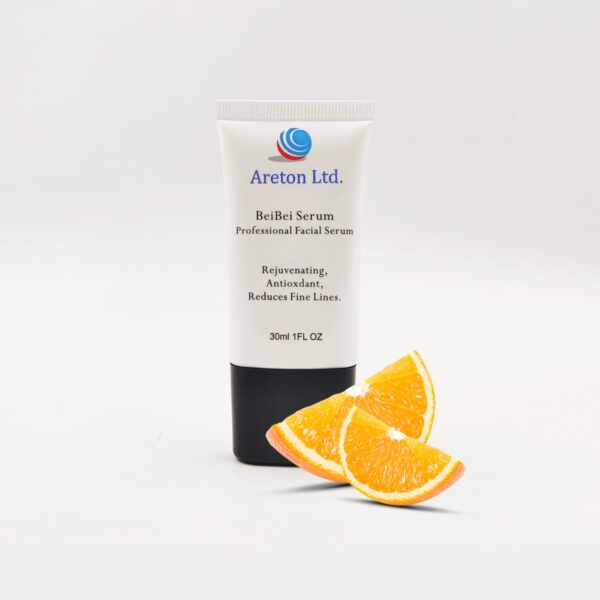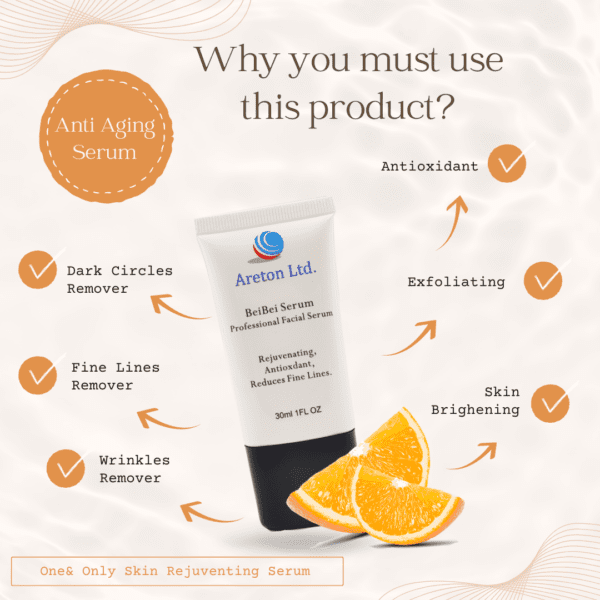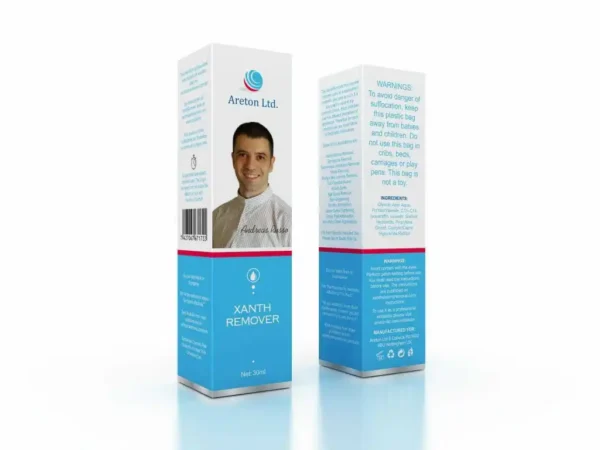[vc_row][vc_column][vc_column_text]
Dark spots
Hyperpigmentation, or dark spots on the skin, happens when certain regions of the skin produce more melanin than usual. Eye, skin, and hair colour are all derived from melanin. Dark spots on the skin are not harmful and do not require treatment, however some people may decide to have them removed for aesthetic purposes. Some types of dark patches on the skin may be referred to as sunspots or age spots depending on the underlying reason.
In this article, we look at what causes dark spots on the skin and how people can remove them using dermatological treatments and home remedies.[/vc_column_text][vc_row_inner][vc_column_inner width=”1/2″][vc_column_text][/vc_column_text][/vc_column_inner][vc_column_inner width=”1/2″][vc_column_text][/vc_column_text][/vc_column_inner][/vc_row_inner][vc_empty_space][/vc_column][/vc_row][vc_row][vc_column][vc_column_text]
Symptoms
Skin discolorations can range in colour from light to dark brown. The colour of dark patches may vary depending on a person’s skin tone. The patches are painless and have the same texture as the skin.
On any portion of the body, dark spots can appear and range in size, but they tend to appear more frequently in areas that are frequently exposed to the sun.
Dark spots are common in the following areas:
• back of the hands
• face
• back
• shoulders
A patch that is a few shades darker than the surrounding skin often disappears after 6 to 12 months in people with darker complexion. It may take years for deeper colour to dissipate. Though a spot may be a considerably darker shade of brown than a person’s normal skin tone, deep colour shifts frequently appear blue or grey.
Causes
There are several different causes of dark spots, as we describe here:
Sun damage
People can develop dark spots on their skin as a result of exposure to the sun or tanning beds. These spots are also known as liver spots, solar lentigines, or sunspots.
Sun spots are most likely to appear on parts of the body that are exposed to the sun the most, such as the face, hands, or arms.
Hormonal changes
Melasma is a skin condition that leads to small patches of skin discoloration. The condition is more common in women, especially during pregnancy.[/vc_column_text][/vc_column][/vc_row][vc_row][vc_column][vc_column_text]Medication side effects
Dark spots on the skin might result from certain drugs’ increased skin pigmentation. Tetracyclines, psychiatric medicines, and non-steroidal anti-inflammatory drugs (NSAIDs) are the main offenders.
Inflammation
After a flare-up of skin inflammation, dark patches may appear. Eczema, psoriasis, skin injuries, acne, and other conditions that cause inflammation are only a few examples.
Wound healing
Dark spots may remain after an insect bite, burn, or cut heals. These may fade with time.
Irritation
Cosmetic skin or hair products can irritate the skin, causing dark patches to form.
Diabetes
Areas of the skin may darken due to diabetes.
Diabetes-related conditions include shin spots or diabetic dermopathy, which people could mistake for age spots, and acanthosis nigricans, which results in darker, velvety skin.[/vc_column_text][/vc_column][/vc_row][vc_row][vc_column][vc_column_text]
Topical treatments for dark spots
Many over-the-counter (OTC) products are available to help lighten dark spots. Typically, they will include components that are active, like:
• Hydroquinone
• kojic acid
• retinoids
• chemical exfoliants
• vitamin C
• azelaic acid
On the labels of these products, usage instructions will be provided. Before using them, it is best to consult a dermatologist because some include complications.
We’ll examine some of the benefits and drawbacks of these items in more detail in the sections that follow.
Hydroquinone
A common component of hyperpigmentation products is hydroquinone. By lowering melanin production, it has an effect.
Particularly when used at higher doses, hydroquinone can irritate the skin. If someone doesn’t apply it correctly, it could also lighten the skin around the black patches.[/vc_column_text][vc_row_inner][vc_column_inner width=”1/2″][vc_column_text]
[/vc_column_text][/vc_column_inner][vc_column_inner width=”1/2″][vc_column_text][/vc_column_text][/vc_column_inner][/vc_row_inner][/vc_column][/vc_row][vc_row][vc_column][vc_column_text]
Kojic acid
Another well-liked remedy for hyperpigmentation is kojic acid. It can be used to treat skin issues like age spots, scars, and sun damage. Kojic acid may not be suited for everyone because it can potentially irritate people with sensitive skin.
Retinoids
Retinoids are vitamin A derivatives. They accelerate the production of fresh skin cells, which can eventually lighten dark patches. Retinoids-containing products should not be used while pregnant since vitamin A can occasionally result in birth defects.
Retinoids make the skin more susceptible to UV rays, thus it’s crucial to use a safe SPF on the face every day while taking them.
Chemical exfoliants
Acids known as chemical exfoliants disintegrate the epidermal layer of skin cells. They consist of beta hydroxy acids (BHAs), such as salicylic acid, and alpha hydroxy acids (AHAs), such lactic acid.
The use of chemical exfoliants also promotes the growth of new skin cells. They may also work well on dry or delicate skin. These acids do, like retinoids, make the skin more sensitive to the sun.[/vc_column_text][vc_single_image image=”8911″ img_size=”full”][/vc_column][/vc_row][vc_row][vc_column][vc_column_text]
Other ways to remove dark spots
Although dark skin spots don’t need to be treated, some people might choose to have them removed for aesthetic reasons.
In rare circumstances, a dermatologist may recommend removing dark spots rather than using lotions or other treatments to brighten them. Despite working more quickly, procedures are more expensive and likely to have adverse effects than creams.
The source, size, and location of the black spot on the body may all affect the optimal course of treatment.
For skin dark patches, a dermatologist could advise one of the following remedies:
Laser treatment
There are numerous types of lasers. An strong pulse light laser is the most popular type of laser used to treat black spots on the skin. The light disperses the black patches by illuminating melanin.
Microdermabrasion
A dermatologist removes the top layer of skin using a specific tool with an abrasive surface during microdermabrasion. This procedure encourages the production of new collagen, which might lessen spots.[/vc_column_text][/vc_column][/vc_row][vc_row][vc_column][vc_column_text]
Chemical peels
Applying a solution to the skin in order to exfoliate the surface and promote the formation of new skin is known as a chemical peel. Dark skin patches could progressively disappear as a result..
Cryotherapy
The black spots are frozen using liquid nitrogen during the cryotherapy technique, which damages the skin cells. After healing, the skin generally becomes lighter.
Prescription skin-lightening cream
Bleaching the skin is how prescription lightening cream functions. The appearance of dark spots is normally reduced over the course of many months.
The creams’ active component, hydroquinone, stops the skin from developing melanin. Products on prescription often range in strength from 3 to 4 percent.
Although there are injectable skin-lightening solutions on the market, the Food and Drug Administration (FDA) does not advise using them. There may be related health hazards, and there is insufficient data to support their effectiveness.[/vc_column_text][/vc_column][/vc_row][vc_row][vc_column][vc_column_text]
Home remedies
People may discover that various home treatments, as discussed in the following sections, may help remove black spots on the skin in addition to dermatological procedures and prescription medications.
Over-the-counter creams
Even while over-the-counter skin lightening treatments lack the potency of prescription drugs, they may still be effective.
Retinol and alpha hydroxy acids are two chemicals found in creams and serums that may hasten skin exfoliation and encourage the creation of new skin.
Always choose a skin-lightening cream that has been prescribed by a specialist while searching for one because some products can be dangerous.
Natural remedies
Dark spots on the skin may be treated using products that include specific natural substances.
A systematic review was published by researchers.
Reliable Source of clinical trials that treated skin dark spots using natural remedies. They examined a number of substances, including mulberry, soy, licorice extracts, and niacinamide (a kind of vitamin B-3).
Despite the small number of studies, the researchers concluded that these natural remedies have promise for reducing hyperpigmentation.
Cosmetics
Cosmetics may conceal dark patches even when they don’t make them lighter. To make spots appear less noticeable, people may want to think about applying a cream-based concealer.[/vc_column_text][/vc_column][/vc_row][vc_row][vc_column][vc_column_text]
Home remedies to avoid
People may want to be aware that many of the recommended home treatments on websites may have negative effects or lack proof of effectiveness. Lemon and apple cider vinegar are two examples. The claims that these treatments work are unsupported by studies.
Unproven therapies might occasionally make the skin worse. The American Society for Dermatological Surgery, for instance, advises against using lemon juice or abrasive scrubs since they could exacerbate dark spots.
Some products for skin whitening may cause more harm than good. Many contain substances like mercury or steroids that might be bad for the skin or your overall health. Over time, using them can result in rashes, acne, and brittle skin.
Diagnosis
By looking at the spots and taking a medical history, a doctor or dermatologist can frequently determine the reason of black spots on the skin.
The medical practitioner may conduct a Wood’s lamp skin exam during a physical examination, which involves looking at the spots with a specialised black light source.
In rare cases, a spot’s specific characteristics may call for additional testing to rule out skin cancer as the cause.
Risk factors
Anyone can develop dark spots on the skin. Certain risk factors appear to increase a person’s chances including:
• sun exposure
• pregnancy
• skin conditions, such as acne, eczema, or psoriasis
• trauma or injury to the skin
• medications that increase pigmentation
• liver disease
• diabetes[/vc_column_text][/vc_column][/vc_row][vc_row][vc_column][vc_column_text]
Prevention
It might not always be feasible to stop skin darkening from happening. For instance, hormonal changes that may cause melasma during pregnancy cannot be avoided.
There are a few things people can do to lessen the likelihood of black spots and stop them from getting darker, though:
• Even when the sun is not shining strongly, wear sunscreen every day with an SPF of at least 30.
• Don a wide-brimmed hat and sunglasses to further shield your skin.
• Take care of skin issues like acne that can cause inflammation.
• Stay out of the sun between the hours of 10 a.m. and 4 p.m.
When to see a doctor
Dark spots on the skin are typically not dangerous. However, there are times when it may be challenging to distinguish between a black spot and other skin abnormalities, such as melanoma, a kind of skin cancer.
People can visit a doctor to learn more if they are unaware of what a black spot is or have not been able to remove it.
It is important to talk to a doctor if any dark spot on the skin:
• appears suddenly
• itches
• tingles
• bleeds
• changes color or size
Outlook
There are numerous reasons for hyperpigmentation, or dark spots on the skin. They normally pose little threat and don’t require medical attention. A person can try a variety of therapies, such as working with a dermatologist for cosmetic procedures or utilising over-the-counter remedies, to get rid of dark spots.
Depending on the origin and severity of the dark spots, the efficacy of treatment may vary. Skin discolorations could not totally disappear. Although it could take some time, therapy frequently makes the patches lighter.
[/vc_column_text][/vc_column][/vc_row][vc_row][vc_column][vc_column_text]
Areton Cosmetic Product Which Helps to Remove the Dark Spots
[/vc_column_text][vc_empty_space]





